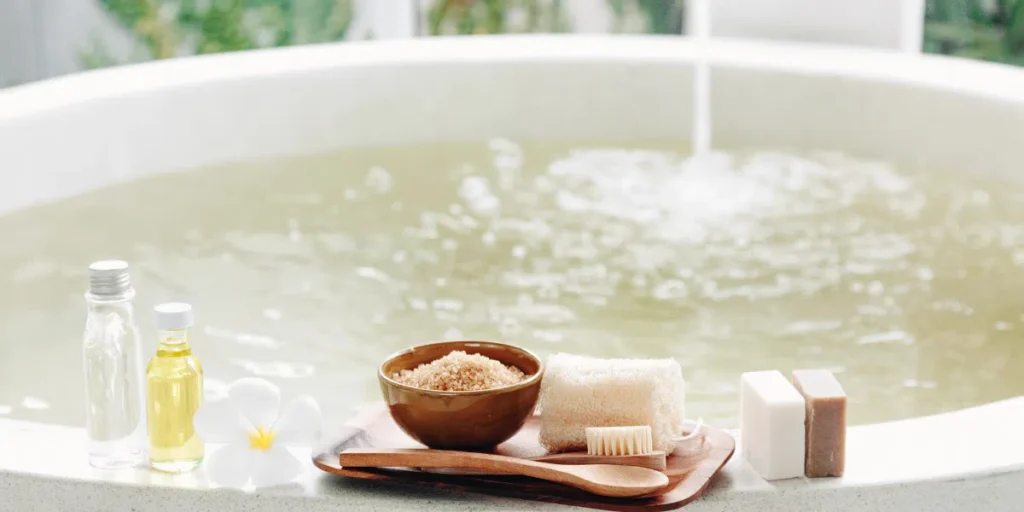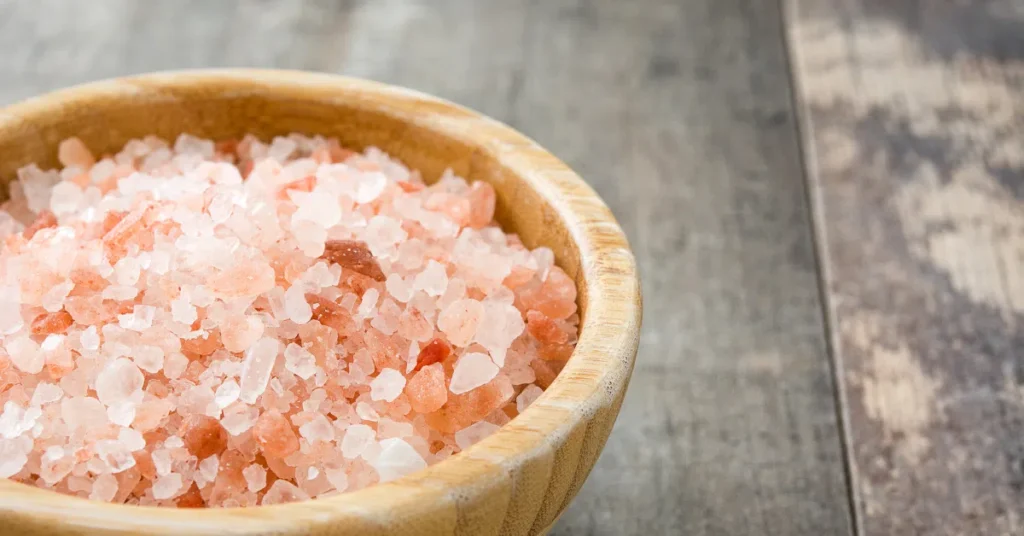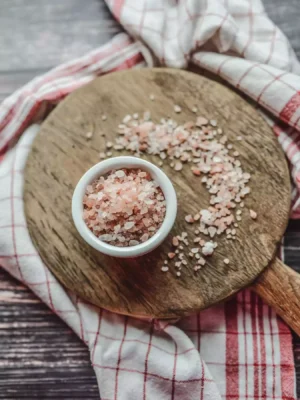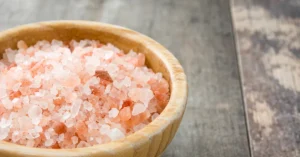Bathing has always been more than a way to stay clean. From ancient Roman bathhouses to modern spas, people have turned to bathing for relaxation, healing, and rejuvenation. One product that has become increasingly popular in wellness routines is Himalayan bath salt. Known for its beautiful pink color and rich mineral content, this salt is often praised for its ability to detoxify, soothe tired muscles, improve skin health, and calm the mind. But what exactly is Himalayan bath salt, and how does it work when added to warm water?
What Is Himalayan Bath Salt?
Himalayan bath salt comes from the Khewra Salt Mines in Pakistan, which are located near the foothills of the Himalayas. These mines produce salt that was formed millions of years ago when ancient seas evaporated, leaving behind pure mineral deposits. Unlike common table salt, Himalayan salt is unrefined and contains over 80 trace minerals, including calcium, magnesium, potassium, and iron. These minerals give the salt its pink to reddish color and contribute to its health benefits.
When dissolved in warm bathwater, these minerals are absorbed through the skin. At the same time, the salt creates a natural osmotic effect, drawing out toxins and impurities from the body. This makes a Himalayan salt bath a powerful way to restore balance both physically and mentally.
How Does It Work in the Body?
The skin is the largest organ of the body and acts as a gateway for both protection and absorption. When you soak in a Himalayan salt bath, pores open and allow minerals to pass into the bloodstream. This process, known as dermal absorption, provides the body with essential nutrients.
Meanwhile, the natural properties of salt encourage detoxification. Through osmosis, impurities are drawn out, leaving the body refreshed. The warm water also boosts circulation, relaxes tense muscles, and calms the nervous system, making the bath more than just a skin treatment—it becomes a full-body therapy.
Benefits of Himalayan Bath Salt

Himalayan bath salt offers a wide range of benefits that appeal to people looking for natural wellness solutions.
- Detoxification: The salt helps draw out toxins, heavy metals, and impurities from the body.
- Muscle and joint relief: Its mineral content helps relax muscles, ease cramps, and reduce inflammation.
- Skin nourishment: It hydrates the skin, reduces dryness, and can help soothe conditions such as eczema, acne, or irritation.
- Circulation support: Improved blood flow promotes healing and energy renewal.
- Stress reduction: The calming effect of a salt bath helps reduce anxiety and promotes deeper, more restful sleep.
These combined benefits explain why Himalayan bath salts are commonly used in both home baths and professional spa treatments.
How to Use Himalayan Bath Salt

Himalayan bath salt is easy to use and can be incorporated into any routine. For a standard bathtub, add one to two cups of salt to warm water and stir until dissolved. Soaking for at least 20 minutes allows enough time for the minerals to be absorbed.
Many people enjoy using Himalayan salt baths two to three times a week. To enhance the experience, the salt can be combined with essential oils such as lavender for relaxation, eucalyptus for congestion, or rose for skin nourishment.
For foot soaks, a smaller amount of salt dissolved in a basin of warm water provides a similar detoxifying and relaxing effect. This is especially useful for relieving tired or swollen feet.
Himalayan Bath Salt vs Other Salts
People often compare Himalayan bath salt with Epsom salt or sea salt. Each has unique qualities. Epsom salt, made of magnesium sulfate, is excellent for sore muscles and recovery after exercise. Sea salt is rich in minerals but can sometimes be exposed to modern pollutants. Himalayan bath salt, on the other hand, is both pure and mineral-diverse, offering a broader range of benefits in a single product.
Its natural origin, attractive color, and versatility make it a favorite for those who want a balance of relaxation and holistic wellness.
Storage and Care
Because Himalayan bath salt is natural and unprocessed, proper storage ensures its quality. It should be kept in airtight containers, away from moisture. Many people prefer to store it in glass jars, both for practicality and aesthetic appeal in their bathroom. Stored correctly, the salt maintains its potency and appearance for long periods.
Tips for the Best Experience
To maximize the benefits of a Himalayan salt bath, preparation is important. Make sure the water is comfortably warm but not too hot, as extreme heat can cause dehydration. Drink water before and after the bath to stay hydrated. Avoid using soaps or shampoos during the soak, since these can interfere with mineral absorption. After bathing, gently pat the skin dry so the minerals remain on the skin longer.
For an even more relaxing atmosphere, consider dim lighting, candles, or calming music while soaking. This turns a simple bath into a spa-like ritual that nourishes both body and mind.
Conclusion
Himalayan bath salt is more than just a bathing accessory—it is a natural remedy that supports detoxification, muscle recovery, skin health, and relaxation. Its mineral-rich composition provides benefits that go beyond ordinary bath products, offering a therapeutic and restorative experience.
For individuals seeking natural wellness or businesses looking to supply high-quality spa products, Himalayan bath salt represents both purity and effectiveness. At Luumin.org, we provide authentic Himalayan bath salts with wholesale and private label options, ensuring premium products for retailers, spas, and wellness brands.



